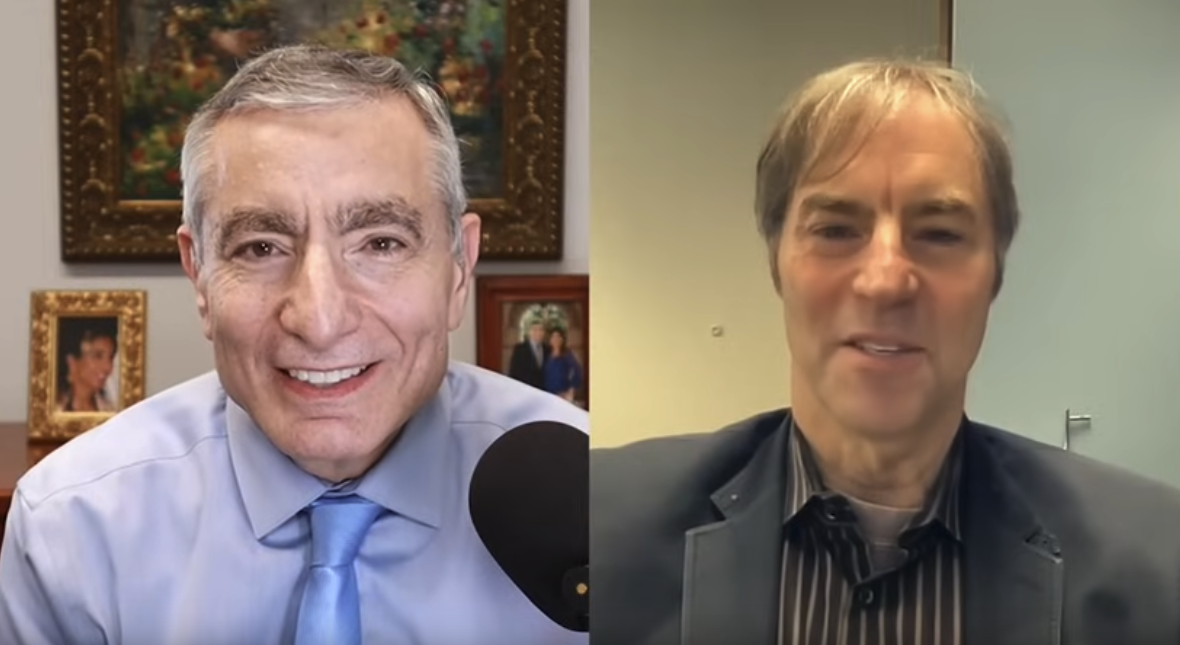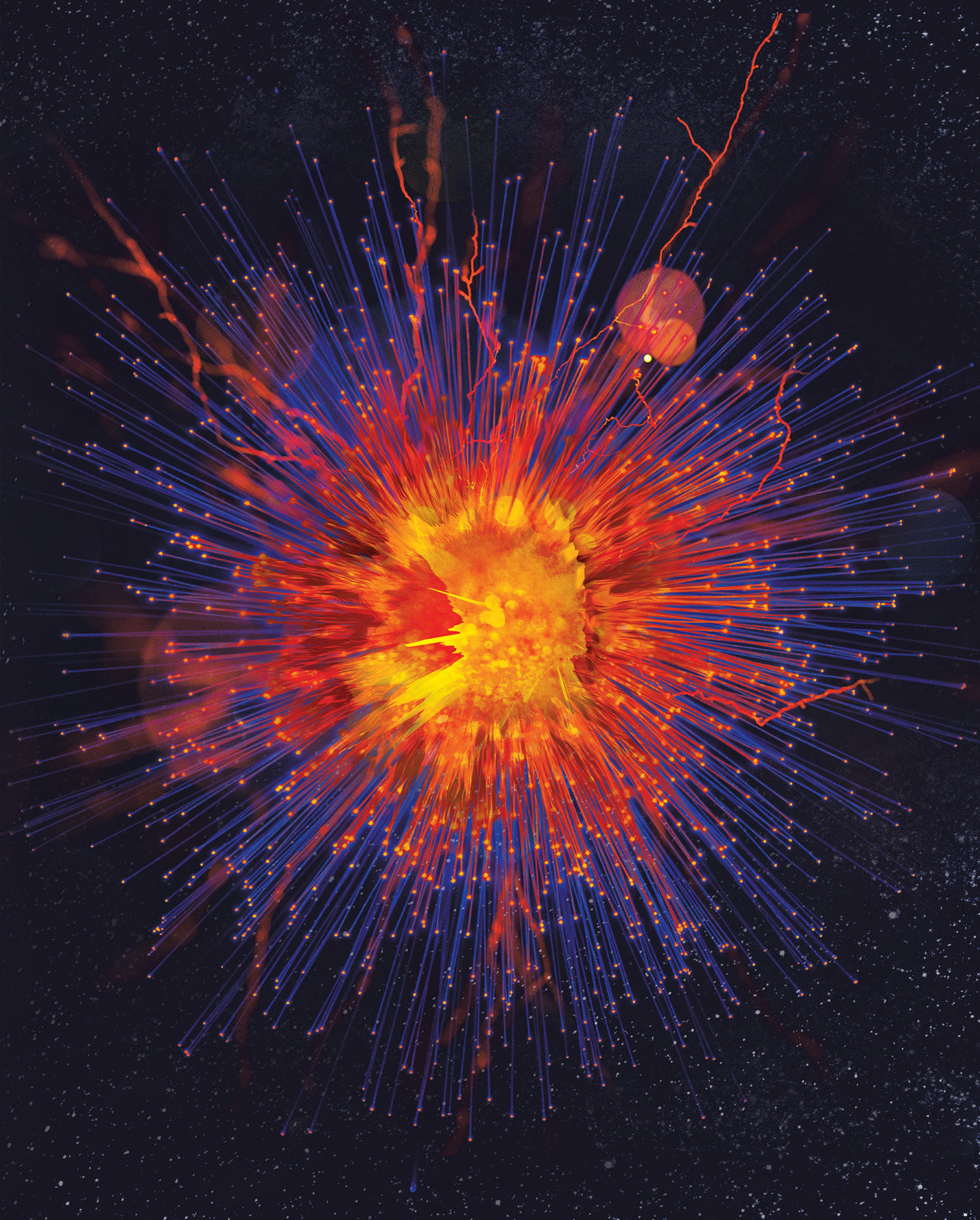


Meyer & Tour on New Critiques of Origin of Life Research

Minimal Replication Fidelity: Another Problem for the RNA World Hypothesis

Extravagant Claims: James Tour & Stephen Meyer Critique Origin of Life Research

James Tour and Stephen Meyer Bring Clarity to Origin of Life Debate

David Berlinski on Chickens, Eggs, Human Exceptionalism, and a Revolution

James Tour Talks Origin-of-Life Dealbreakers
On today’s ID the Future, distinguished synthetic organic chemist James Tour of Rice University explains why the goal of synthesizing life from non-life in conditions similar to those of the early Earth appears further away than ever. It’s not an illusion, he explains. The illusion was how close OOL researchers thought they were 50-70 years ago. They were never close, and the more we learn about how mind-bogglingly sophisticated even the simplest cells are, and how the complexity is essential for biological life, the more we realize just how far we are from constructing a plausible scenario for the mindless origin of the first life. Tour points out that even granting a great deal of intelligent design in the form of the highly skilled and interventionist work of the origin-of-life researchers in the lab, they still can’t engineer into existence all the key building blocks of a living cell. What if you handed them all the building blocks in the right proportions? They’re still nowhere near being able to intelligently design those ingredients into a living cell, Tour says. It has to do with what’s termed the interactome—that is, all the interdependent molecular interactions in a particular cell, many of which may initially appear unimportant but turn out to be crucial. Tour doesn’t argue that researchers will never be able to design a cell from non-living matter. He does say that if it is achieved, it will be well into the future. What will such an achievement underscore? As Luskin emphasizes, it will highlight the creative power of intelligent agency. The occasion for Dr. Tour’s conversation with host Casey Luskin is Tour’s essay in a new book now available for free download, Science and Faith in Dialogue. For more from Dr. Tour, check out his website and his YouTube channel.

Stephen Meyer and Skeptic Michael Shermer, Pt. 1
Today’s ID the Future spotlights the first part of a lively and cordial conversation between host and atheist Michael Shermer and Stephen Meyer, author of Return of the God Hypothesis: Three Scientific Discoveries That Reveal the Mind Behind the Universe. In this first of the four-part series, the two touch on everything from Meyer’s three key lines of evidence for theism to a quick flyover of less well-known materialistic origins theories, including the oscillating universe model, panspermia as an explanation for the origin of the first life on earth, and Stephen Hawking’s idea of imaginary time. Meyer lumps many of these ideas under what he terms exotic naturalism and suggests that the atheists who defend these explanations are multiplying exotic and unobserved entities to hold at bay a much simpler and more reasonable explanation for the evidence—namely, intelligent design. But is Meyer simply guilty of confirmation bias in arriving at his conclusion? Meyer turns the question around and suggests that it’s those who are wedded to methodological materialism who appear to be led by a confirmation bias. The interview is reposted here by permission of Michael Shermer.

The Origin of Life was the Origin of an Engineering Marvel
On today’s ID the Future, physicist Brian Miller touches on various challenges facing the origin of the first life. He and host Eric Anderson discuss Jeremy England’s origin-of-life ideas and the RNA World Hypothesis, and offer multiple reasons why they are convinced that various proposed mindless processes do not explain the origin of the first self-reproducing cell. Miller urges another approach, one that draws on engineering principles and embraces the evidence in even the simplest cell of highly intelligent engineering.

God Hypothesis Returns: Frank Turek and Stephen Meyer Report
Today’s ID the Future episode features excerpts from a lively conversation with Frank Turek as host and Stephen Meyer as guest. The focus: Meyer’s new USA Today bestseller, Return of the God Hypothesis: Three Scientific Discoveries that Reveal the Mind Behind the Universe.* The two discuss the new book, and Meyer fields questions from the audience. The conversation originally appeared on Turek’s national radio show, CrossExamined, and the excerpts from that longer interview are used here with permission.